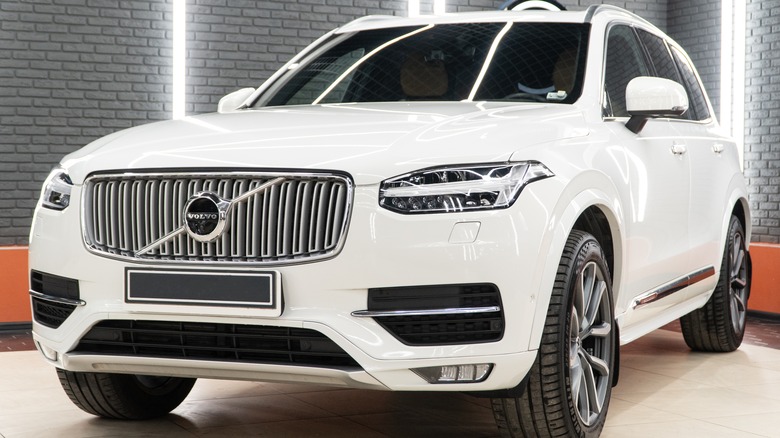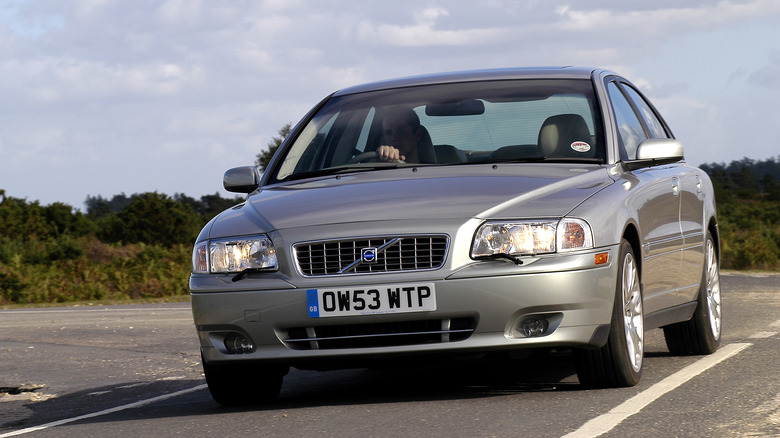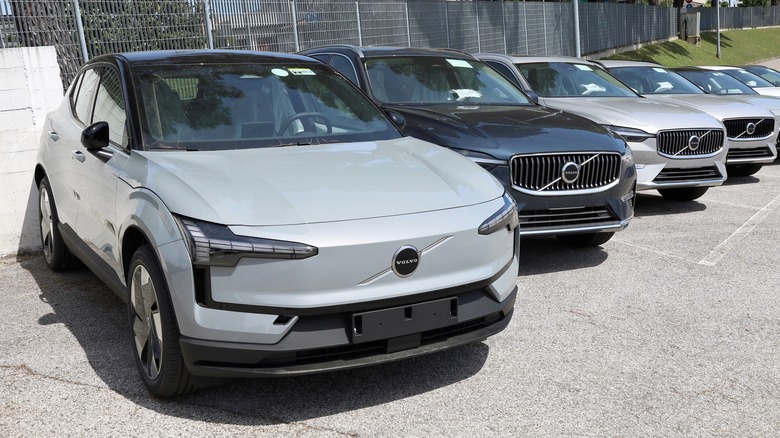Why Did Ford Sell Volvo? (And Who Else Has Owned The Company?)
Volvo, the Swedish car company, has been popular with family car buyers looking for a safe and efficient vehicle. The Volvo Group's origins can be traced back to 1927, when Assar Gabrielsson and Gustaf Larsson set out to create more reliable transportation that could withstand the extreme climate of Sweden. They were successful in their endeavors and quickly expanded during World War II, producing cars, buses, and trucks. By 1978, sales from Volvo Cars made up over 50% of the Volvo Group's total sales and was turned into a subsidiary.
Volvo Cars has built its reputation on its obsession with safety features. This trend continued even when the Ford Motor Company owned the Swedish brand from 1999 to 2010. Unfortunately, the 2008 financial crisis hit many major brands pretty hard, and Ford was no exception. The American automaker shifted its focus to its core brand during these tough times, prompting it to discontinue Mercury and sell Jaguar and Land Rover. Volvo Cars also struggled, unable to meet its targets, leading Ford to put the Swedish brand up for sale in 2008.
Let's take a look at the history of Volvo Cars, why it was bought by Ford, why it eventually decided to sell it, and who else has owned the Swedish automaker since then.
The Volvo-Ford saga
By 1999, Volvo decided to focus more on its commercial side, which is when Ford came into the picture. The American automaker looked to partner with other brands, wanting a piece of the European luxury car market. This was around the time Ford bought and owned various car brands, including Volvo, Jaguar, Land Rover, and Aston Martin. When Volvo and Ford made an agreement, Ford paid $6.5 billion, giving the American automaker a significant foothold in Northern Europe.
Not only that, but the partnership allowed the Swedish manufacturer to collaborate on other innovations, as well. The two companies started sharing various components, engines, and technology between partner brands. Volvo developed anti-blind spot systems during this time, as well as City Safety, an automatic emergency braking system. Both of which are crucial safety features in modern cars. It was a symbiotic relationship. The Land Rover Freelander shared its platform with the Volvo S80 , while the Aston Martins borrowed its navigation system from Volvo. Moreover, Ford used its T5 engine in its hot hatchback.
The new resources helped both brands grow. Volvo posted a sold a record of 422,100 units in 2000. The Swedish brand's SUVs gained quite a bit of popularity in the U.S. Simultaneously, Ford gained some footing in the European luxury car market.
Who owns Volvo now and its future
When Ford put Volvo Cars on the market in 2008, there were a lot of considerations for the next prospective owner of the brand. Rumored candidates included BMW, Investor AB of Sweden, and a lot of Chinese and Russian investors, as well. Eventually, the company was handed over to China's Zhejiang Geely, parent of Geely Automobile Holdings, in 2009.
Ford sold Volvo for $1.5 billion, becoming one of China's biggest acquisitions of a foreign car maker. Volvo Cars has since been a part of Geely, building its vehicles in multiple countries, including Belgium, China, the U.S., and Sweden. It has been doing quite well since Geely's acquisition. Volvo has continued to focus much of its efforts on safety, but it now also includes being conscious of the climate.
It stopped making diesel engines in 2024, choosing to instead focus purely on electrification and hybrid vehicles. There were plans to go all electric by 2030, but due to market circumstances, it rolled back that decision and will continue offering hybrids for the time being.


